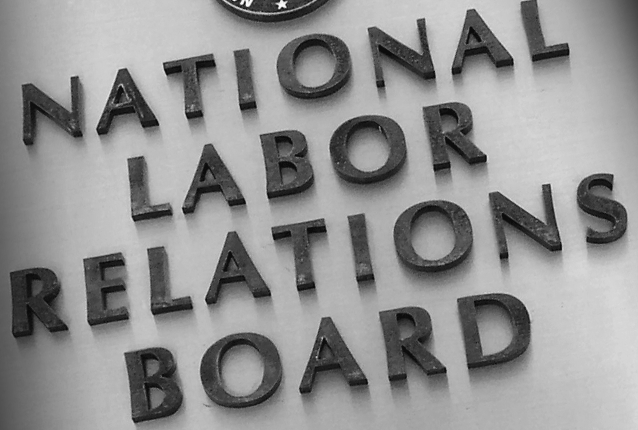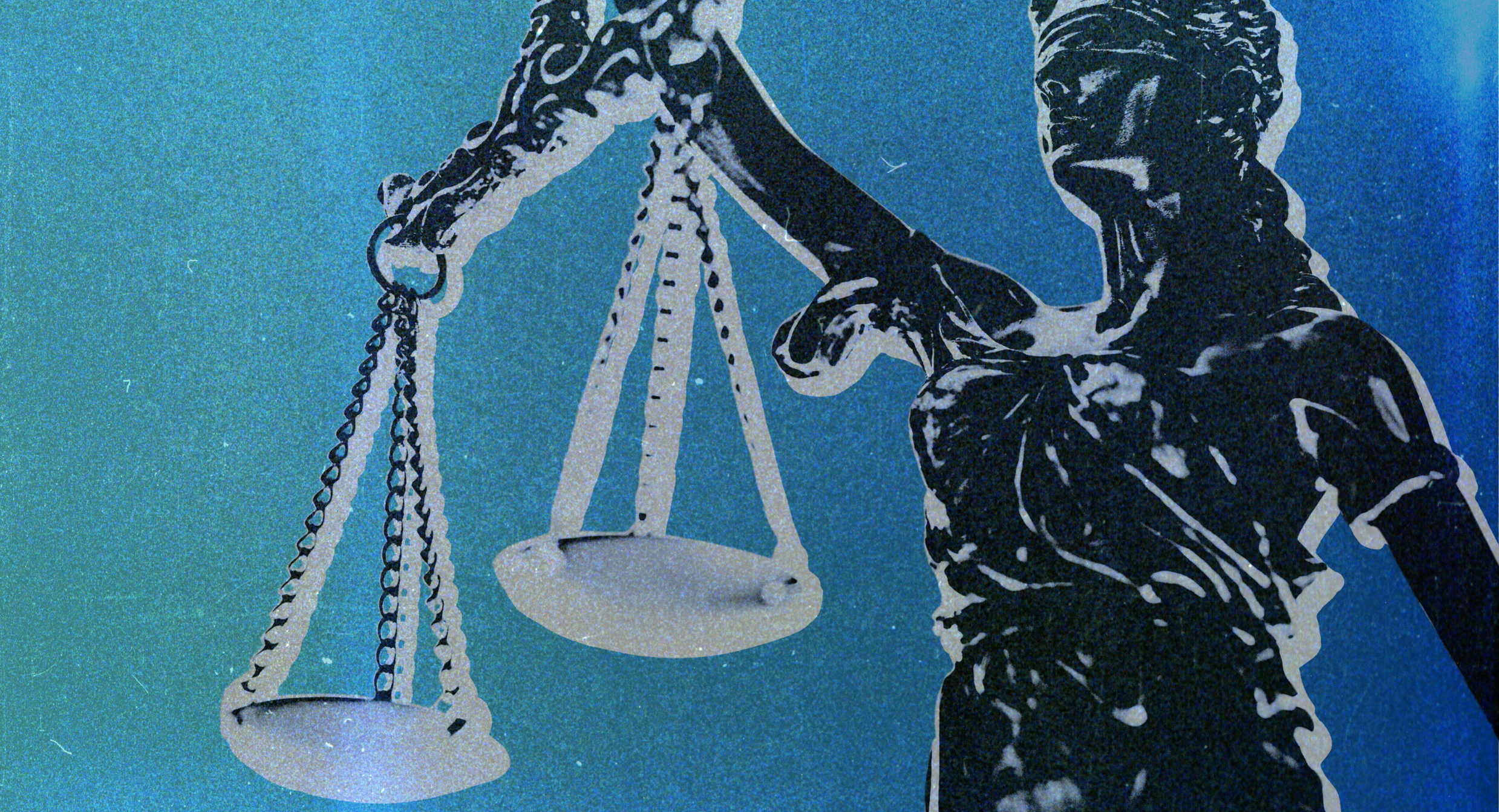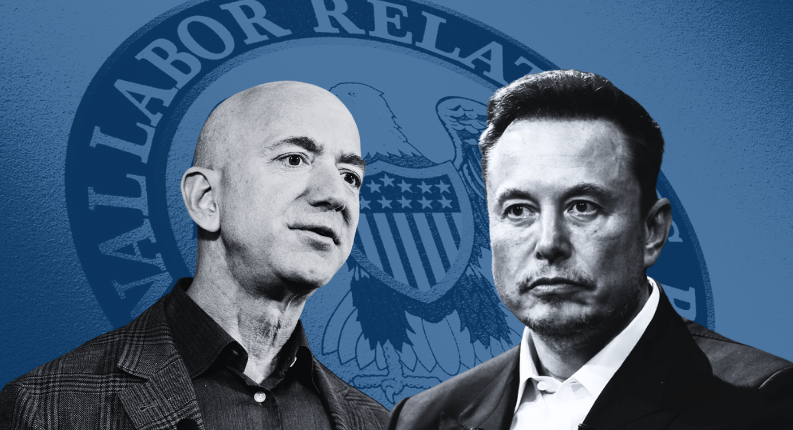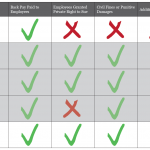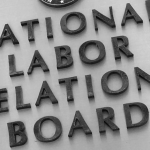When workers want to vote on whether to form a union, they should have a fair chance to do so.
The Problem:
Currently when employees decide to hold an election on whether to form a union, they encounter significant uncertainty and obstacles that make the process unfair. After workers petition the NLRB for an election, it can take months and even years before they get to cast a vote. Such delays cause unnecessary conflict and disruption in the workplace.
How the Rule Helps:
Modernizing the election process for forming a union creates a level playing field. Employers and workers alike are entitled to a process that cannot be manipulated to gain unfair advantage and is clear, precise, and efficient. Workers should have a fair chance to vote their preference.
Removing unfair obstacles and reducing needless litigation will reduce confrontation. Providing a clear, fair election process will improve stability and reduce confrontation in the workplace. The current NLRB process often creates unnecessary, protracted, and drawn-out legal maneuverings that damage labor relations, hurt productivity, impair safety, and disrupt commerce, in violation of the National Labor Relations Act’s intent.
These modest changes will reduce needless bureaucracy and delays. The NLRB election process is bogged down with time-consuming, needless bureaucratic procedures, leaving the election timeline vulnerable to delay and manipulation and wasting government resources. As an investigation by Human Rights Watch concluded, the current system makes it possible to “drag out legal proceedings for years,”1 all at the expense of workers’ rights.
Reducing choke points in the current system will cut back on unnecessary and costly litigation. The current process rewards unscrupulous employers who use litigation to stall an election date, often pursuing claims that are irrelevant or found to be without merit. Research shows that these delay tactics work: When employers pursue litigation, elections occur an average of 124 days after the petition was filed.2
Every worker is entitled to a fair process to choose whether to form a union. The current lengthy and protracted election process sacrifices workers’ interests in having an election and, instead, promotes coercive and illegal activity. During organizing campaigns, more than one-third of companies fire pro-union workers.3 The longer the election is delayed, the more likely the NLRB will charge employers with illegal misconduct.
Companies will be free to express their opinion about union representation. From the first day workers are hired, companies have full access and ample opportunity to make their views clear to workers. In fact, nearly half of charges of illegal conduct filed with the NLRB during organizing campaigns involve employer misconduct that took place before workers filed a petition.4
Learn more:
- New Data: NLRB Process Fails to Ensure a Fair Vote (University of California, Berkeley, June 2011; PDF)
- The Empirical Case for Streamlining the NLRB Certification Process: The Role of Date of Unfair Labor Practice Occurrence (Columbia University, June 2011)
- Employer Communications on Unions are Early and Ongoing (PDF)
- How Employers Control the Timing of the NLRB Election Process (PDF)

